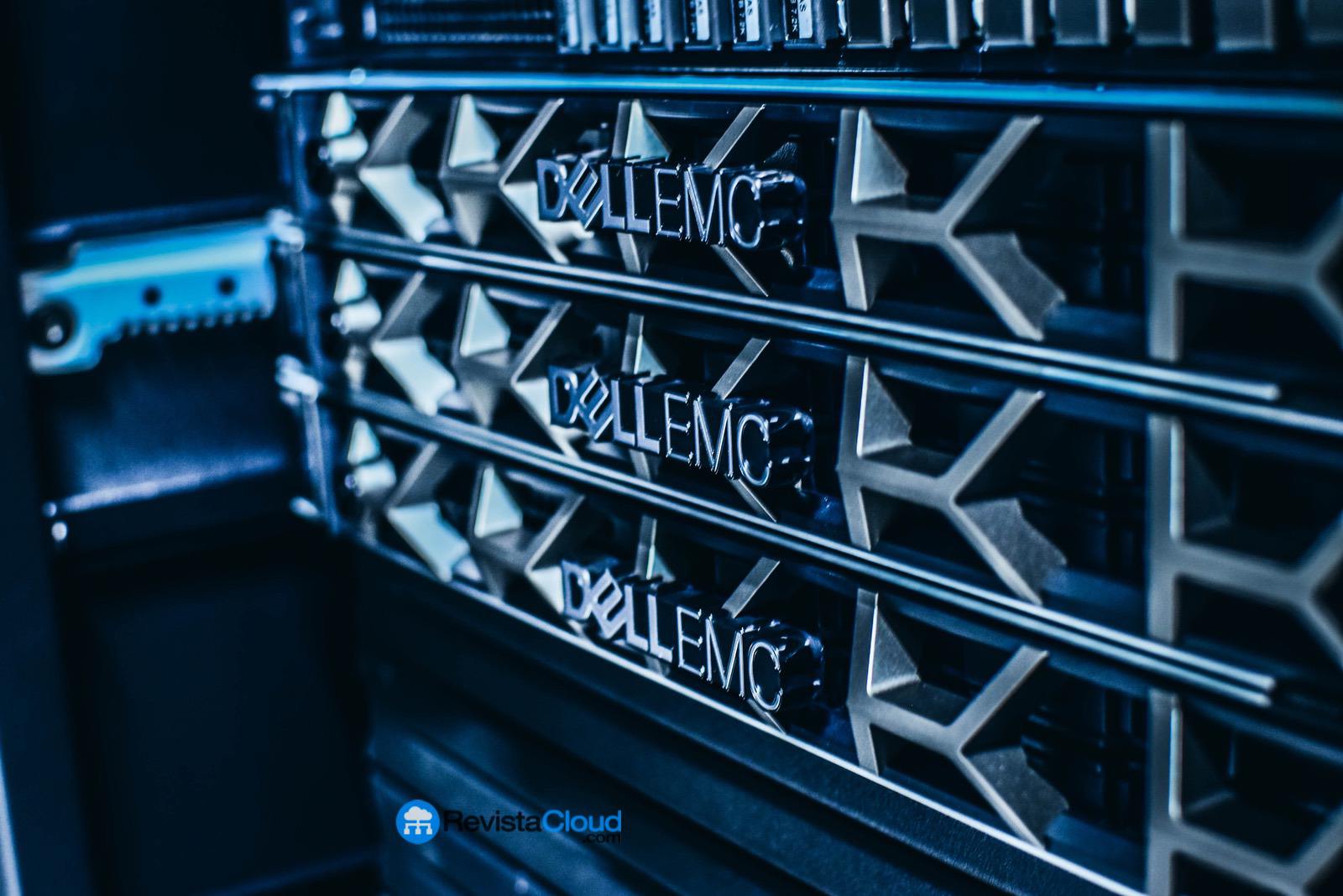Sure! Here’s the translation you requested:
Tech startups, driven by the growth of artificial intelligence, big data, and web3, are finding bare-metal solutions to be a powerful and efficient alternative to traditional public clouds. This infrastructure model offers the perfect balance between performance, control, and cost optimization for companies that need to scale rapidly.
What is bare-metal and why are startups interested in it?
Unlike virtual machines (VMs) in shared environments, a bare-metal server provides full access to a physical machine without layers of virtualization. This translates to maximum performance, greater control over hardware, and the absence of “noisy neighbor” issues, common in shared environments of providers like AWS, Azure, or Google Cloud.
For a startup developing compute-intensive products—such as AI models, video game engines, streaming platforms, or fintech applications requiring low latency—direct access to CPU, RAM, and storage can be the difference between a slow service and a seamless user experience.
Performance Without Compromise
The main appeal of bare-metal is predictable performance. Resources are not shared: you pay for what you use. This is crucial for applications that require consistency in latency or high throughput, such as high-performance databases, production microservices, or algorithmic trading systems.
Additionally, modern bare-metal servers can be equipped with next-generation AMD EPYC or Intel Xeon processors, dedicated GPUs for AI (like NVIDIA A100 or H100), and ultra-fast NVMe storage, providing a tangible advantage over virtualized solutions.
Total Control and Enhanced Security
One of the great advantages for developers and CTOs of startups is absolute control over the environment: from the operating system to the network stack, including firewall configuration, disk management, or the use of hypervisors like Proxmox, Open Nebula, VMware, or KVM.
This level of control also improves security and data sovereignty, as the physical machine is not shared with third parties, reducing risks associated with co-locating sensitive data in public clouds.
More Competitive Prices in the Long Run
Although the initial cost of a bare-metal server may seem higher than a traditional cloud instance, its total cost of ownership (TCO) in the medium term is lower in most cases. The reasons are twofold:
- No hidden costs for network traffic, snapshots, IOPS, or APIs.
- Non-overprovisioned resources allow for a more streamlined architecture, preventing the typical “overprovisioning” in public clouds.
In fact, many providers offer monthly, annual, or pay-as-you-go billing models, along with discounts for commitments. This facilitates financial predictability and avoids unpleasant surprises on the bill.
Ideal Use Cases for Bare-metal
- Training artificial intelligence models with multiple GPUs.
- Storing large volumes of data, such as logs or videos.
- Game and virtual world servers, where latency is critical.
- Production databases, especially PostgreSQL, MongoDB, or Redis.
- Video on demand platforms, streaming, and transcoding.
- Kubernetes deployments in on-prem or hybrid mode.
Providers to Consider for Startups
There are several providers specialized in offering bare-metal infrastructure tailored for startups and growing companies, combining performance, personalized support, and accessible pricing:
Stackscale, Grupo Aire (Europe): offers fully customizable bare-metal servers, with optional management, high availability, and private networks. It stands out for its European focus and compliance with GDPR, ideal for startups prioritizing data sovereignty.
OVHcloud (France): one of the largest bare-metal providers in Europe. Its automated model allows deploying servers in minutes and offers a wide range of cost-effective configurations.
- Hetzner (Germany): known for its reliability and low prices, it is a popular choice among developers and startups seeking performance without frills.
Bare-metal vs. Public Cloud
| Feature | Bare-metal | Public Cloud |
|---|---|---|
| Performance | High and consistent | Variable, depends on overall load |
| Virtualization | Not needed, direct access | Always virtualized |
| Long-term Cost | More predictable, no surprises | Risk of overcosts |
| Control | Total over hardware and system | Limited by provider |
| Instant Scalability | Requires planning | Auto-scaling available |
| Billing | Simple, monthly/annual | Per second/minute, based on usage |
| Ideal for… | Critical and customized workloads | Low-consumption web applications |
Conclusion: Infrastructure Without Compromise
For a tech startup that needs performance, security, predictability, and autonomy, bare-metal servers represent a strategic alternative to public cloud. It’s not about replacing the cloud, but rather about complementing it with a more efficient and optimized infrastructure for critical workloads.
Moreover, in an environment of rising costs from major cloud platforms, more companies are exploring repatriation strategies or hybrid models, where bare-metal plays a key role in reducing costs, gaining efficiency, and avoiding excessive dependencies.
Ultimately, for startups looking to grow without sacrificing the quality of their infrastructure, bare-metal presents a smart, scalable, and financially viable decision.
Does your startup need limitless performance and total control? It may be time to consider bare-metal servers in your infrastructure strategy.

